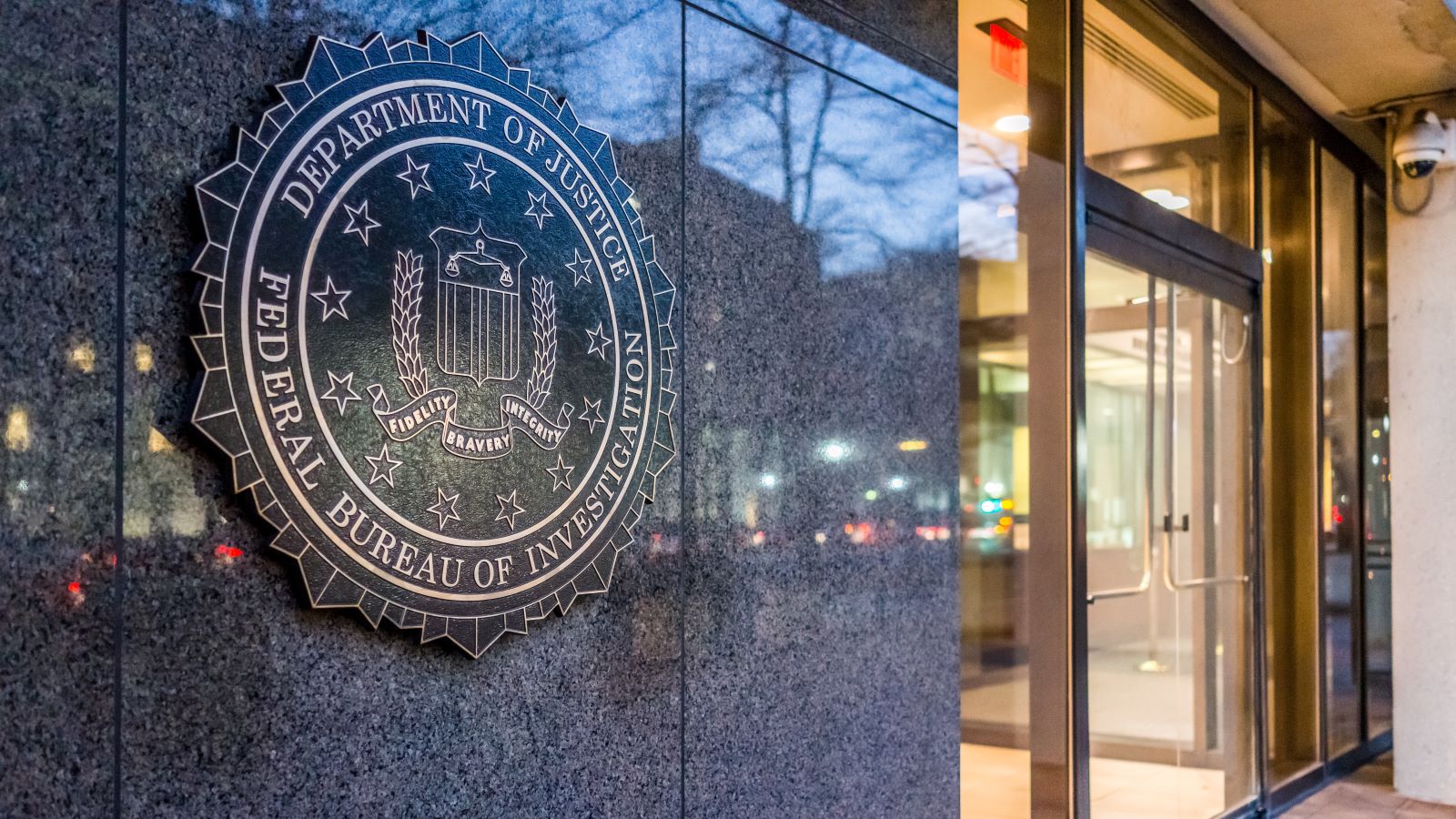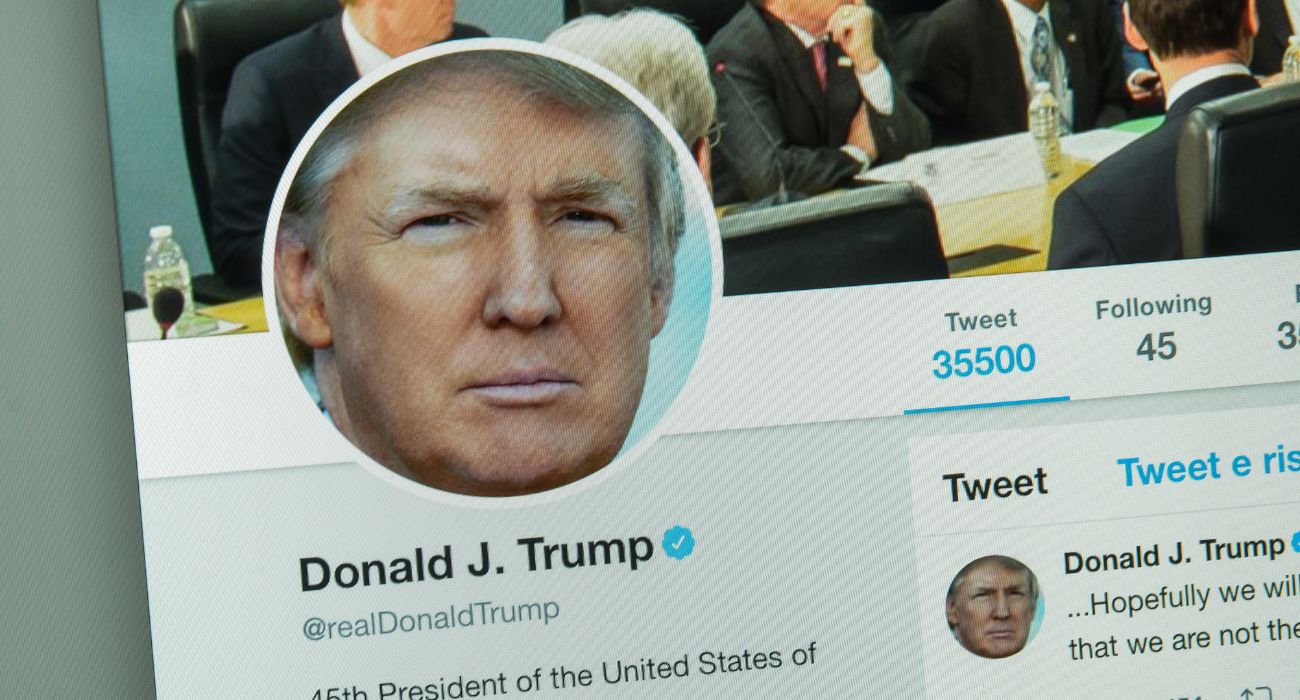The FBI’s Ten Most Wanted Fugitives list has been a cultural touchstone in how Americans have understood the reach of federal law enforcement for some decades, at least in previous years before allegations of the agency’s political weaponization.
Despite its historical success as a law enforcement tool, some think its effect as a law enforcement tool is not currently being utilized to its full potential.
“I don’t think that takes a lot of manpower to maintain the list, but it does take effort to continuously figure out ways … to keep those things relevant. In fact, I do believe, actually, that the FBI does not do a good enough job keeping the top 10 list relevant,” said former FBI special agent Jonathan Gilliam, speaking with Fox News Digital.
The first list was compiled in 1950 after a news reporter with the International News Service asked the agency who the “toughest guys” were that the agency would like to apprehend. The publicity that followed the interaction spurred the FBI to start its Ten Most Wanted Fugitives program, according to an FBI FAQ page.
National media circulated photographs and stories about the fugitives in subsequent decades, leading to the capture of hundreds due to tips from citizens across the country.
“So, where you can’t have a tremendous amount of people in one place to look for somebody, you can use this list to go after … who the government or the FBI believes [are] the most dangerous,” Gilliam told Fox News Digital.
The list is curated by special agents in the FBI’s Criminal Investigative Division and Office of Public Affairs and then signed off by the agency’s executive management.
“The people that are typically placed at the top are individuals who posed a grave threat to national security or the security of the people of the nation,” Gilliam said to Fox News Digital.
Past examples include international terrorist Osama bin Laden, Boston-based gangster James “Whitey” Bulger, and serial killer Ted Bundy.
However, changes in news culture and consumers’ media diets have prompted the FBI to adapt to the new information landscape.
Newsrooms across the country, according to the FBI’s FAQ page, are leaning into localizing their reporting to make it more relevant to the communities they serve, and there is simply not always a local angle to take when it comes to some of the country’s most notorious alleged criminals.
In recent years, the FBI has made an effort to branch out and break into social media. It now has a Facebook page, a Twitter account (as do its various field offices), and a YouTube channel.
The agency has also been producing podcasts, some of which spotlight the Ten Most Wanted Fugitives. However, such episodes are published infrequently — only five in the past three years.
“People typically know about the FBI list when somebody gets caught,” Gilliam told Fox News Digital, noting that the agency should try harder to inform the public of the alleged criminals on the list to generate tips as to their whereabouts.
As it stands, 163 individuals that made the list since its inception were apprehended by authorities because of “citizen cooperation.” Roughly 93.2% of fugitives that have ever made the list have been captured.






